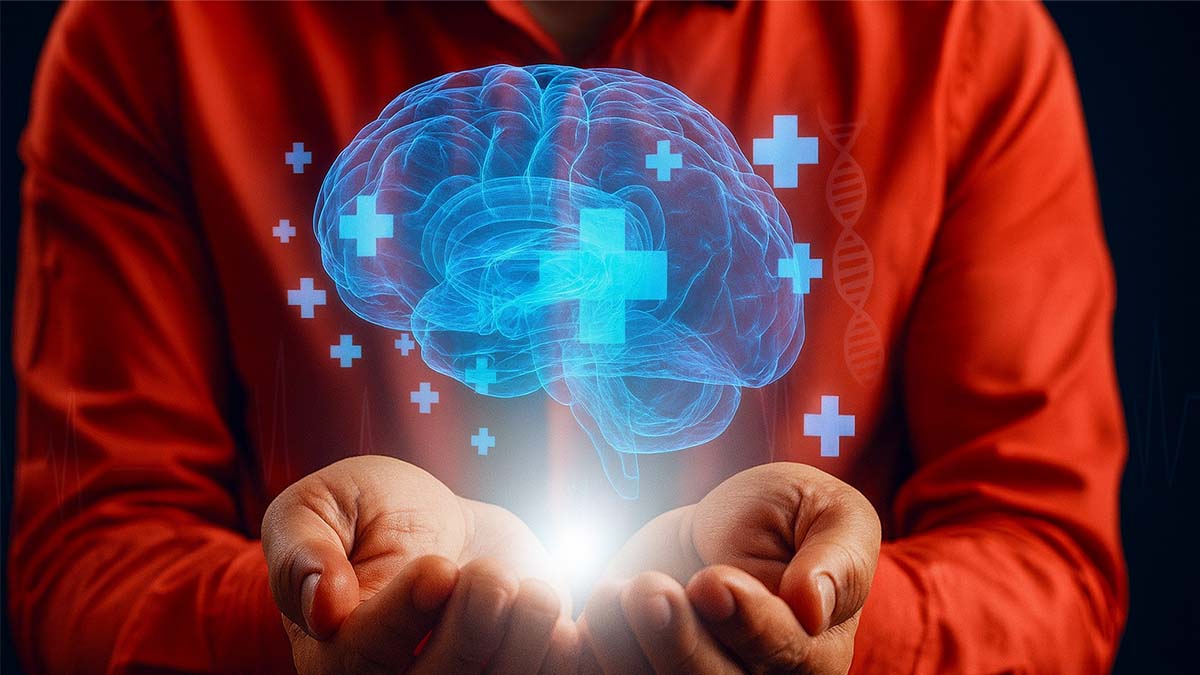For decades, one enigma has hovered at the crossroads of biology and health, challenging even the sharpest scientific minds. It concerned a force so discreet yet so powerful that it could influence both memory and disease. Now, that veil has been lifted. At the center of this breakthrough lies a hidden nutrient, long suspected of shaping the way our bodies protect the brain and defend against cancer.
Understanding the mystery the discovery finally solved
Queuosine is a vitamin-like micronutrient first noticed in the 1970s, yet it stayed in the background for years. Humans cannot make it, so diet and gut bacteria supply it, while cells depend on it to work correctly. It modifies transfer RNA, and that fine-tunes how the body reads DNA during protein building.
Because this small molecule adjusts the decoding step, it affects essential processes that need precision. Memory formation, learning capacity, and stress responses rely on accurate protein synthesis, and queuosine helps keep that accuracy. Cancer biology, metabolism, and brain health also intersect here, since translation quality shapes how cells grow, repair, and adapt under pressure.
For more than 30 years, researchers suspected there must be a cellular transporter. Without one, the molecule could not move from the gut to tissues. Yet every candidate fell short, and the trail went cold many times. The search stayed alive, though, because the idea made sense, and the health signals kept pointing in the same direction.
How the hidden nutrient gets inside our cells
The new answer centers on a single gene, SLC35F2, which functions as the transporter that welcomes queuosine into cells. The study appears in the Proceedings of the National Academy of Sciences, and it shows how this route salvages the compound from the gut. With that, researchers can now track uptake and distribution across organs.
This finding also clarifies earlier puzzles. SLC35F2 had been studied for its role in how certain viruses and cancer drugs enter cells, yet its healthy function stayed unclear. Now the role makes sense, because the transporter handles a natural cargo that genes need for consistent translation. The cell’s own system, therefore, doubles as a gate for therapies and pathogens.
As this gate opens, the biology lines up. The transporter links microbiome supply with cellular demand, while tissues adjust queuosine levels during growth and stress. The brain, which needs reliable protein synthesis to learn and store memories, benefits when the path runs smoothly. Cancer control likely benefits too, because translation fidelity restrains harmful cellular drift.
Why this transporter matters for brain and cancer care
Brains thrive when decoding stays accurate, and queuosine supports that step in a quiet, steady way. The compound, pronounced “cue-o-scene,” shapes how neurons build proteins, and that feeds learning pathways. Because neurons rely on constant synthesis, even small improvements add up, and the transporter helps maintain a stable supply where it counts.
Cancer biology also meets queuosine at translation. Cells that lose control over growth often scramble the protein-building code, and errors help them adapt. By reinforcing translation quality, queuosine may limit those errors, and so it can work alongside existing drugs. Clinicians could eventually monitor cellular uptake and then tailor regimens that respect this lever.
The term hidden nutrient fits because the molecule lived in plain sight, yet its route stayed obscure. With the route mapped, teams can test whether targeted delivery boosts memory, dampens stress responses, or enhances treatment effects. Precision nutrition, microbiome support, and smart drug design can now converge on the same cellular doorway.
From microbiome to medicine: tracing the hidden nutrient supply chain
The study brings together the University of Florida and Trinity College Dublin as co-leads, with partners at San Diego State University and The Ohio State University. Researchers in Ireland and Northern Ireland also contributed, and the effort drew support from the National Institutes of Health, Research Ireland, and Health and Social Care in Northern Ireland.
Those links matter, because the question crosses fields. Microbiology, biochemistry, immunology, and systems biology all meet at translation control. Diet supplies precursors, the microbiome finishes the job, and cells then import the product through SLC35F2. Each layer leaves measurable traces, so teams can follow the molecule from plate to synapse.
The work also reframes earlier studies on SLC35F2. Since drugs and viruses use the same entry point, scientists can now separate therapeutic strategies that help patients from risks that open doors to pathogens. That contrast guides safer design, and it can inform dosing, timing, and companion diagnostics that track transporter activity in real time.
What happens next for patients, clinicians, and researchers
Teams can now design trials that move step by step. First, measure queuosine levels in people and then link them to memory scores, learning tasks, and stress markers. Next, monitor transporter activity and relate it to treatment response in oncology, because translation fidelity may predict who benefits most, and when the window is open.
Nutrition and microbiome care enter the picture as practical levers. Since humans cannot synthesize queuosine, food and gut bacteria remain the supply line. Balanced diets, diverse fiber, and careful antibiotic use can support that line, and clinicians can pair those steps with tests that track uptake. Patients then get advice that rests on measurable biology.
The hidden nutrient also invites new drug strategies. If SLC35F2 carries essential cargo, therapies can hitch a ride with similar chemistry, and reach targets more efficiently. Because the gate can also admit harmful guests, safety screens need to stay sharp. With the pathway known, those screens become faster, clearer, and more reliable.
A turning point that connects diet, genes, and future therapies
This breakthrough ends a long search while it opens practical routes forward, and the science stays refreshingly concrete. By naming SLC35F2 as the transporter, researchers link diet, microbiome, and gene translation in one testable chain. The hidden nutrient moves through that chain, and the brain and cancer care both stand to gain when we guide the flow.
